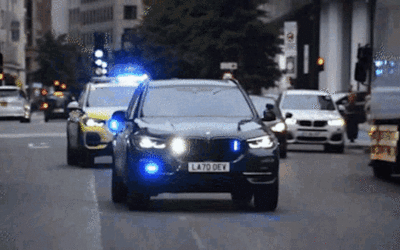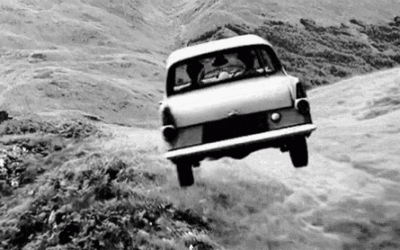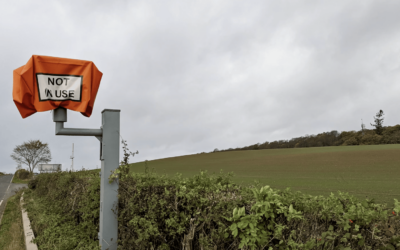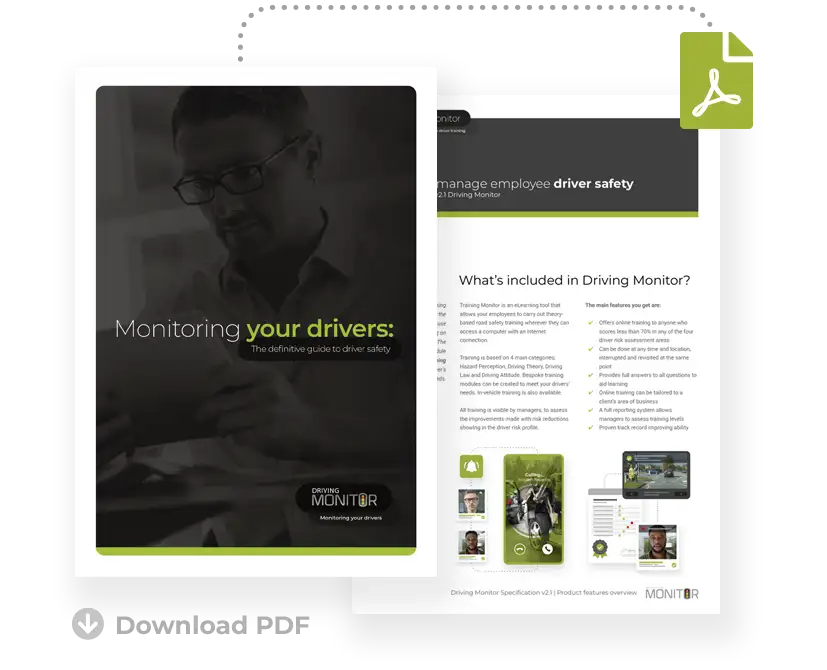Significant Increase In Amount Of Dangerous Driving Dash Cam Footage Uploaded

There has been a 20% increase in the number of video reports uploaded to the National Dash Cam Safety Portal.
The data was compiled from 42 police forces in the UK and shows that 48,000 video clips have been uploaded since the scheme launched in 2018.
Drivers are able to share footage of dangerous driving using footage from their onboard camera systems so that the relevant police authorities can investigate incidents.
Safety On The Road
Dash cams and camera systems are not new news to fleets, and whether it’s for safety or insurance purposes, they’ve been one of the biggest changes in the sector over recent years.
The trend has continued with many private vehicles now using dash cams to capture footage on the roads, helping to record incidents of dangerous driving.
It’s hard to say whether the trend is showing an increase in the number of dangerous driving incidents occurring or whether there are simply more dash cams capturing footage of incidents that would previously go unreported.
The West Midlands has seen the highest proportion of submissions, with 13,330 incidents reported since the national portal began receiving data, while West Mercia, Warwickshire, North Yorkshire and Northumbria followed behind.
However, we have seen record levels of traffic in recent years, particularly as people opt for staycations and the demand for deliveries has increased.
Many road safety experts are urging drivers to take extra care and continue to ensure they observe key driving principles such as the two-second rule and ensure that they’re aware of any changes to the Highway Code each year.
What Can Be Done To Improve Road Safety?
The best way to ensure safety on the road is to focus on your own driving.
With recent bank holidays increasing pressure on the roads and causing increased congestion, it’s important that drivers take extra care and attention.
The news comes as the UK decides whether to implement new EU safety standards for all vehicles this summer. The rules include higher safety standards for cars, HGVs and all vehicles to ensure they’re safer for drivers and pedestrians.
The regulations mean that buses and lorries must have ‘better lines of sight’ through the Direct Vision Standard so they’re less likely to be involved in collisions with pedestrians, cyclists and other road users.
Cars and vans will also be required to have advanced emergency braking technology to reduce the number of collisions. Other changes include more comprehensive crash tests and design changes to prevent head injuries for cyclists and pedestrians.
Other changes include more comprehensive crash tests and design changes to prevent head injuries for cyclists and pedestrians.
But there’s doubt over whether the UK will push ahead with the regulations or whether they’ll look to review the changes and implement a UK-specific version of the safety regulations or go back to the drawing board.
Have you noticed an increase in dangerous driving on the roads? What is your main safety concern for your fleet? Let us know in the comments below.










